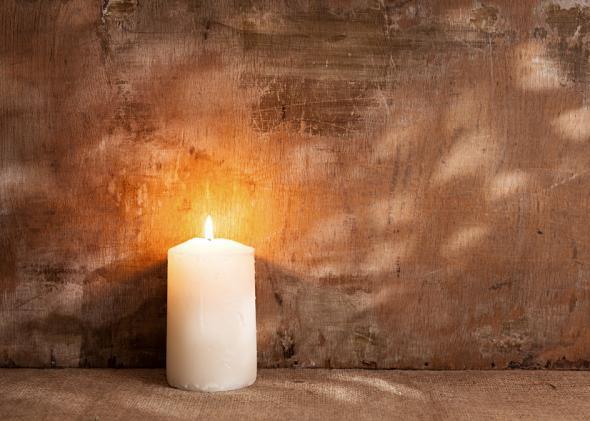Run out of AA batteries? Now you can make your own. You’ll need vinegar, zinc, copper, cardboard, and some other cheap household materials. Just follow the step-by-step demonstration by the first-prize winner in our recently concluded “Make Energy” contest.
We all know we should be conscious of energy use and do our part to fight climate change. But do we understand how energy works or what energy conservation really means? To address this gap, partners in the United States and Mexico called on the do-it-yourself maker community to translate high-minded goals into some very tangible creations.
“Make Energy: A U.S.–Mexico Innovation Challenge” invited makers from all over the world to submit projects that generate clean energy, conserve energy, and raise awareness about energy use. This resulted in an explosion of cool projects, submitted in either English or Spanish. The Spanish-language winner built a solar oven. One winner demonstrated how to make energy from weeds; another built a solar-powered ceiling fan. You can learn how to make a human-powered phone charger, unless you prefer to charge your phone by pedaling your bicycle. If all else fails, you can charge your phone with a candle. Another idea is to use Arduino, an open-source electronics platform, to maximize the energy output from a solar panel. The complete list of winners can be found here.
“Make Energy: A U.S.–Mexico Innovation Challenge” was organized by New America, Arizona State University, GreenMomentum (a Mexico-based clean-tech company), the Office of the Mexican Presidency’s National Digital Strategy, the Office of the Mexico City Mayor’s Laboratory for the City, and the university Tecnológico de Monterrey. (Future Tense is a partnership of Slate, New America, and ASU.)
This U.S.–Mexico effort highlights a joint commitment to finding solutions to climate change as well as a desire for greater energy efficiency and cleaner sources of power. The contest was conducted on the website Instructables.com and supplemented by hands-on workshops at two Mexico City maker spaces called Hacedores and 330 Ohms. The “Make Energy” challenge is good example of digital diplomacy: ordinary citizens using technology to address global problems. Sustainability begins at the individual level, and that includes DIY. If traditional manufacturing is about corporations and large-scale production, maker culture emphasizes individual creators, collective innovators and smaller batches. One of the goals of “Make Energy” was to encourage tinkerers to lead the way in energy innovation.
Last month the United States and Mexico agreed to increase cooperation on climate change, and Mexico set an ambitious goal to significantly reduce greenhouse gas emissions. These developments offer opportunities for inventors in both countries. The maker movement can be a powerful force in battling climate change.
